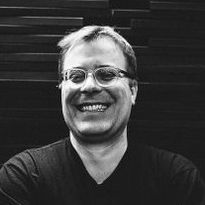At the 28th edition of the Black Nights Film Festival, the director Christoph Hochhäusler was the jury president of the main competition. His latest film, La mort viendra (reviewed here), was also screened in the Focus Germany section. I managed to talk with the director on topics ranging from his films to cinema and criticism. My first question was regarding the term “Berlin School”, which lumps several directors together. How does he feel about this label?
The Berlin School
Christoph Hochhäusler: First of all, it’s a label that was introduced by critics. And then there was the question for us, being labelled if we want to embrace it. I was in favour of that because I think it’s a chance to create attention. It’s artificial, of course, but still. Most of my colleagues were against it. We are very different directors, even though we share some common values.
The Disapproving Swede: So you just rolled with it and didn’t see it as a problem?
CH: I never had a problem because, for me, criticism is always welcome; it’s something I see as necessary and part of what filmmaking is about. I’ve always thought it is more or less the same activity. We try to make sense of the world but use different means to do so.
Revolver
TDS: You and some colleagues started a film magazine called Revolver. Could you talk a bit about how that started?
CH: We were in film school when we founded it in Munich 26 years ago. We were frustrated with the intellectual desert there. We were starved for input, so we organised it ourselves. We never really did criticism. We always thought we had to create a kind of workshop atmosphere to talk about craft. The Truffaut Hitchcock book was some kind of template for the project, like “How did you do it?” In my experience, directors can talk more truthfully about how they did something than what it means and what they want, and you know all that.
TDS: That’s more the critic’s task.
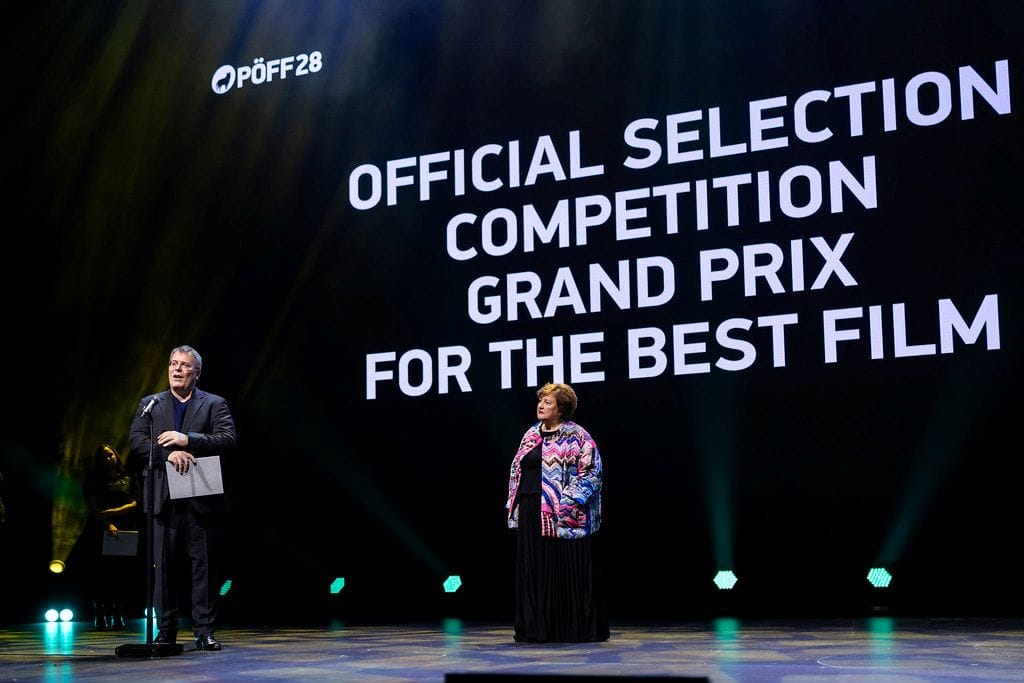
Christoph Hochhäusler Unter dir die Stadt 2010
TDS: So, if you don’t mind, I would like to talk about Unter dir die Stadt (The City Below), which is one of my favourite films of the 21st century. It is a very particular film in my mind. It was co-written by the same writer as your last one (Ulrich Peltzer), but not with the same cinematographer.
CH: It’s actually a film I rediscovered myself because we were invited to Frankfurt, where it was shot in 2009. It was for a cultural event called “Frankfurt schaut einen Film”. (Frankfurt watches a film). It was in April this year, and it was the first time I had seen it since 2010. It was an interesting experience because after 13 years, it was easier just to see the film, and I liked what I saw.
TDS: How was it received at the time? I remember reading positive things about it in France, but in Germany?
CH: The critics were divided, but the German reception was pretty hostile. I’m not complaining, but that is how it was. Most critics said it’s a cold film, whatever that means.
TDS: That is not necessarily a negative thing.
CH: That depends on if you define it in a way I can agree with (laughing). I think the core of the criticism was that it was not about identification, which is a condition for many people to engage with cinema. The film’s background was that Peltzer and I were discussing a project, and I asked how about the David and Bathsheba story? What would it look like today? Eventually, we settled on the financial industry as the closest to King David. We did lots of research, and what struck me the most was how abstract the work was. They basically have no idea what they actually do.
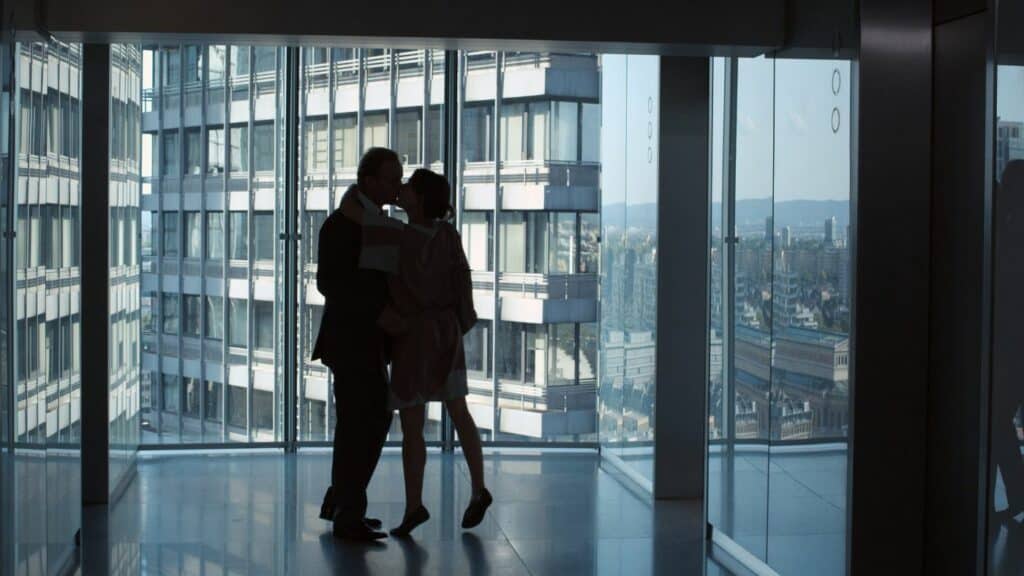
TDS: Going back to the coldness, how did you approach the cinematography?
CH: I started as a storyboard designer and am quite a visual person. I collect images, mainly photography and try to find some core images that lead the way. Some of them were pretty objective. There’s a Swedish photographer, Lars Thunbjörk, who portrayed offices in the 90s; he was an influence. It was amazing the kind of deadness of things in these environments. Then, it’s a long conversation with the cinematographer. In this case, it was Bernhard Keller, with whom I also shot my second film. Falscher Bekenner (I am Guilty 2005).
I think Bernhard’s first impulse is to use the camera as a recording device. In a way, he is documenting actors working more than “painting with light” or “constructing fiction”. So, to a certain extent, we came from opposite camps. I felt I needed him as a counterbalance, and I think he did a great job.
TDS: He also shot Western, right?
CH: Yes, I know him through Valeska [Griesbach].
Till the End of the Night and La mort viendra
TDS: So if we’re jumping forward to your latest two films, we’re more in a genre film territory. Was that a choice you wanted to make or one that you had to make?
CH: I wanted to go in this direction. It was not really popular with the people who were giving the money.
TDS: I thought getting money for a genre film would be easier.
CH: It’s a strange situation. One could say that there are maybe two working genres in German film: one is the police procedures on TV…
TDS: Like Tatort, which has been around since the seventies.
CH: Yes, and the other genre is romantic comedies, which are only screened in Germany. Those two genres work, and everything else is considered a risk. They say the cinemas will be empty if you try to do anything else. It’s a big difference if you choose a genre or work within a genre that is working. I don’t know how to deal with it. I’m still trying to figure it out. I hoped I could be part of this French language tradition if I made a French language film [like La mort viendra], but it’s more complicated than I thought.
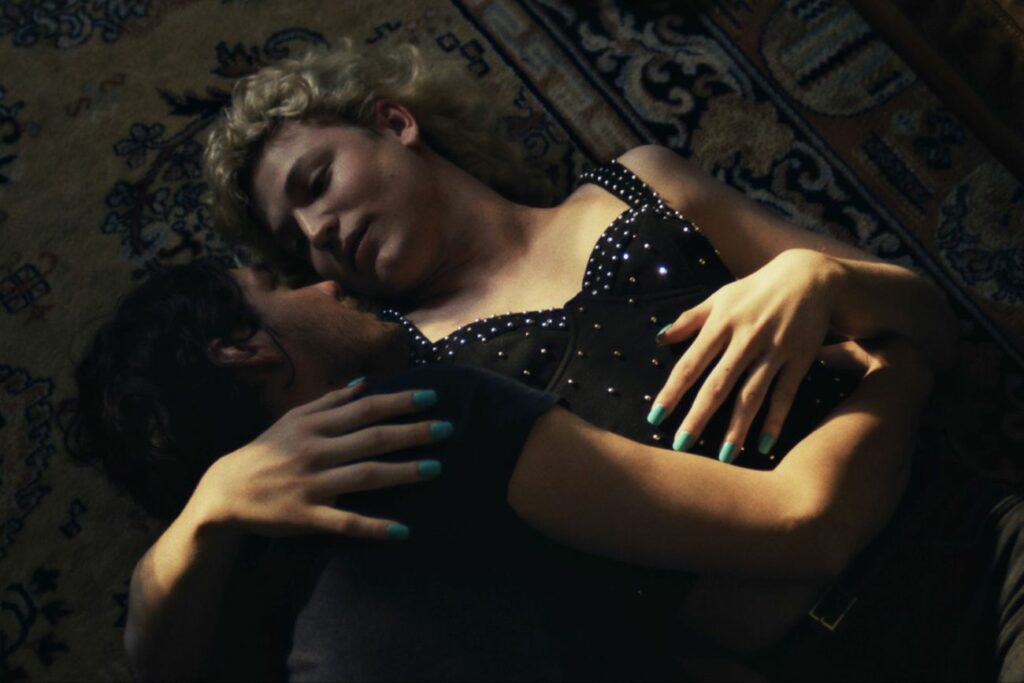
TDS: The film feels a bit like a French seventies thriller.
CH: Yes, it is a love letter to that kind of thing, but I’m not sure if that love was shared by others.
TDS: Would you see a connection between your two latest films?
CH: There are connections with the ambience and the ambivalence of the whole thing, but I think Till the End of the Night has more comedic elements. In the way it treats gangsters, for instance. Regarding the style, the earlier film was more baroque-like, and with the new one me and the cinematographer felt it was time to sober up a bit.
Cinematic storytelling
TDS: There are still many striking images in La mort viendra as well. There are so many films nowadays without any memorable images.
CH: Cinema has become infected by serial storytelling, which is basically radio plays. It’s all about narration; you don’t have to look at the images. My wife usually watches or rather listens to series while she cooks.
TDS: How important is storytelling to you?
CH: Storytelling is probably not my greatest strength. I admire people who really devote everything to this.
TDS: But is it your greatest interest?
CH: No, I’d say it’s about situations, and they are visual for me. The stories are connections between those situations. The most extreme example is probably my first film, where the story is really implausible. I didn’t care because I wanted these things to happen. The reaction at the time was so hostile that I thought I needed to find a more naturalistic feel from the outside. With the second film, I managed to camouflage these things, so the film felt more naturalistic than it was. Then, as we discussed, Unter dir Die Stadt was more artificial again.
TDS: Going back to or going to your latest film, then. What was the impetus behind it? What was the idea?
CH: It really started with Brussels. I was there for the first time and was struck by the beauty but also the strong contrasts. I thought that I would love to make a film there. When I met Ulrich [Peltzer] again, I said, “Let’s make a gangster film in Brussels”.
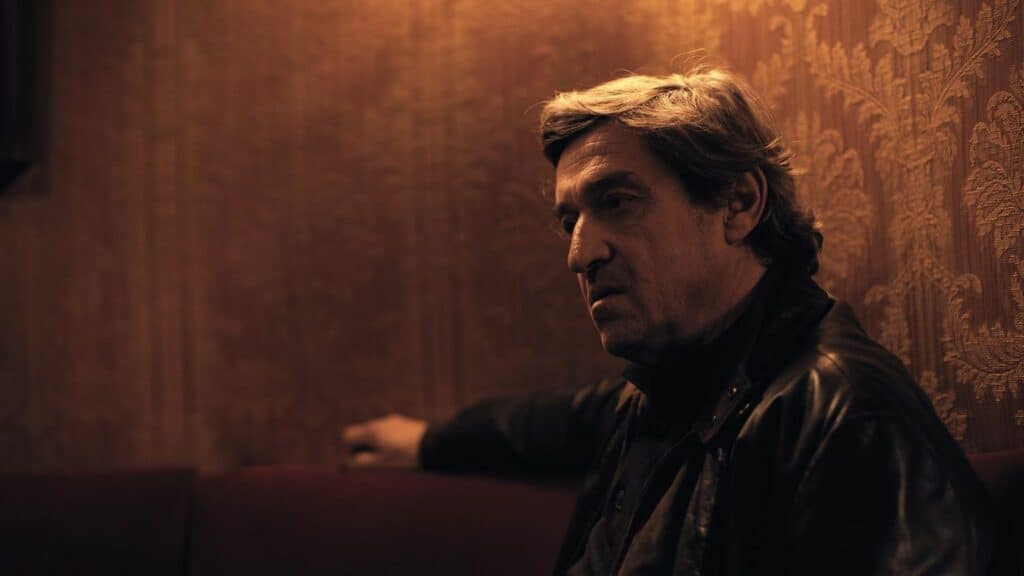
TDS: I’m not sure when the film is set. Some things feel more modern than others.
CH: That’s a good thing, I think. I was striving for a more classical register, and it should not be too obvious the time, the contemporariness, so to speak.
TDS: I was a bit worried when I read that one of the main characters was a young hitwoman, but it wasn’t the usual cliché about the “strong woman”. How did you go about that character? Did she help in the process as well?
CH: Of course, she did. When I cast a film, I want to be surprised, and the person who plays the part needs to reinvent it in a way. And Sophie Verbeeck was extremely generous and very interested in working on the character. She trained, asked for input, and read. She’s a very smart actress. I was trying to find a balance between a believable person and an allegorical persona because, obviously, she’s not very realistic here.
TDS: That’s also something that many critics don’t like.
CH: Absolutely! I mean, I grew up with fairy tales. In a way, that’s what I would love to achieve in cinema; this kind of allegorical work is quite often found in older films.
“Film history is a testament of anarchy”
TDS: How about the other actors, Louis-Do de Lencquesaing, for instance?
CH: That was fantastic. I’ve loved him ever since Le père de mes enfants. I really love his strange mix of melancholia and arrogance. That was perfect for this Alain Delonesque role.
TDS: Going back to critics, I find it annoying that so many of them are not interested in film history and even flaunt their arrogance.
CH: It is true, but I think that even if you haven’t seen anything, you can be a good critic if you’re honest. You can write about things you know. It’s more important that people look and want to know, and then they will see something. I’m absolutely with you that you should care about film history, because it is such a treasure. I once wrote this line, “Film history is a testament of anarchy.” It is a constant reminder that the cinematic form is open to any thought or feeling. When I am frustrated with contemporary cinema, which happens, I like to look back. After all, cinema is always contemporary. Any film you haven’t seen is a new film.
